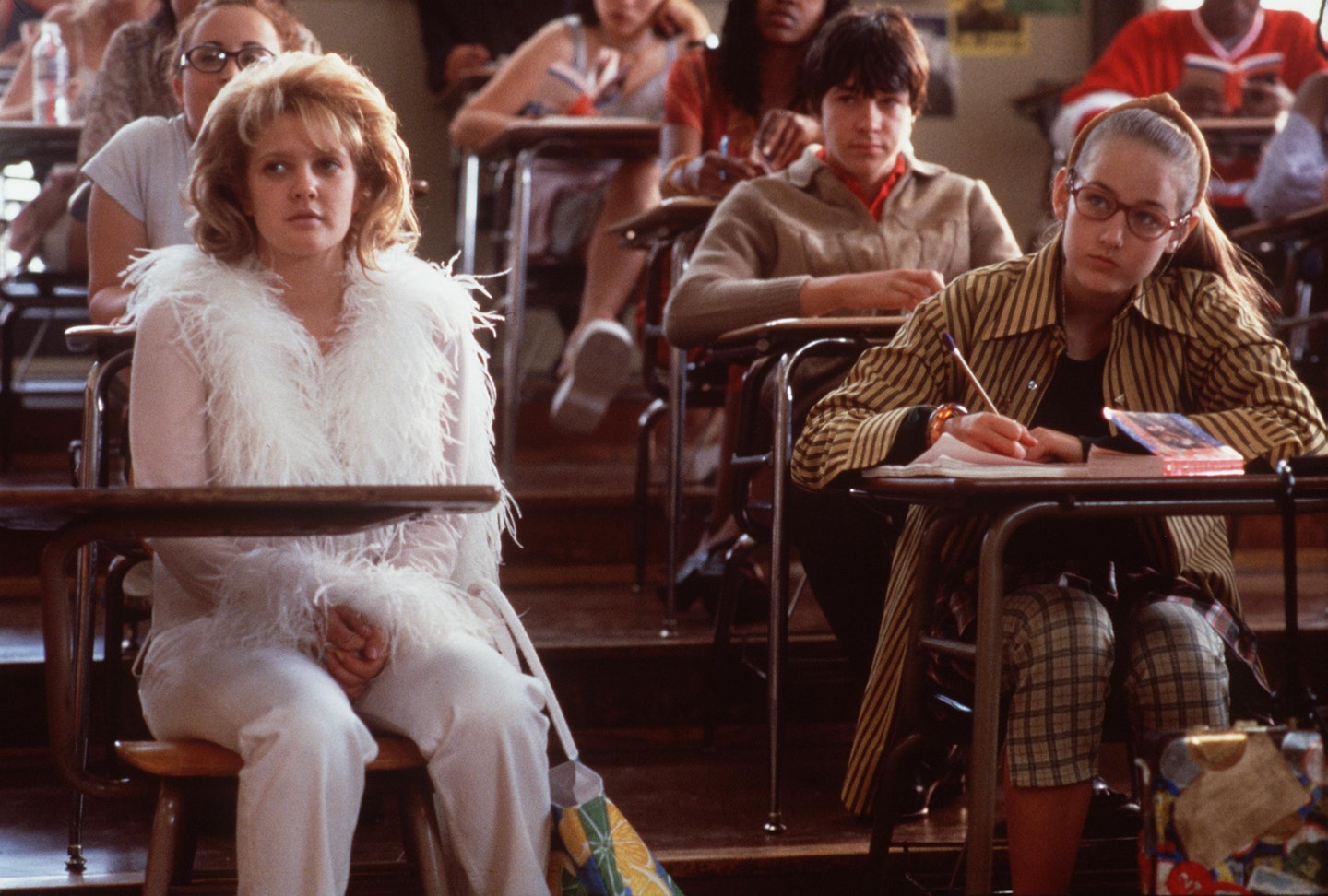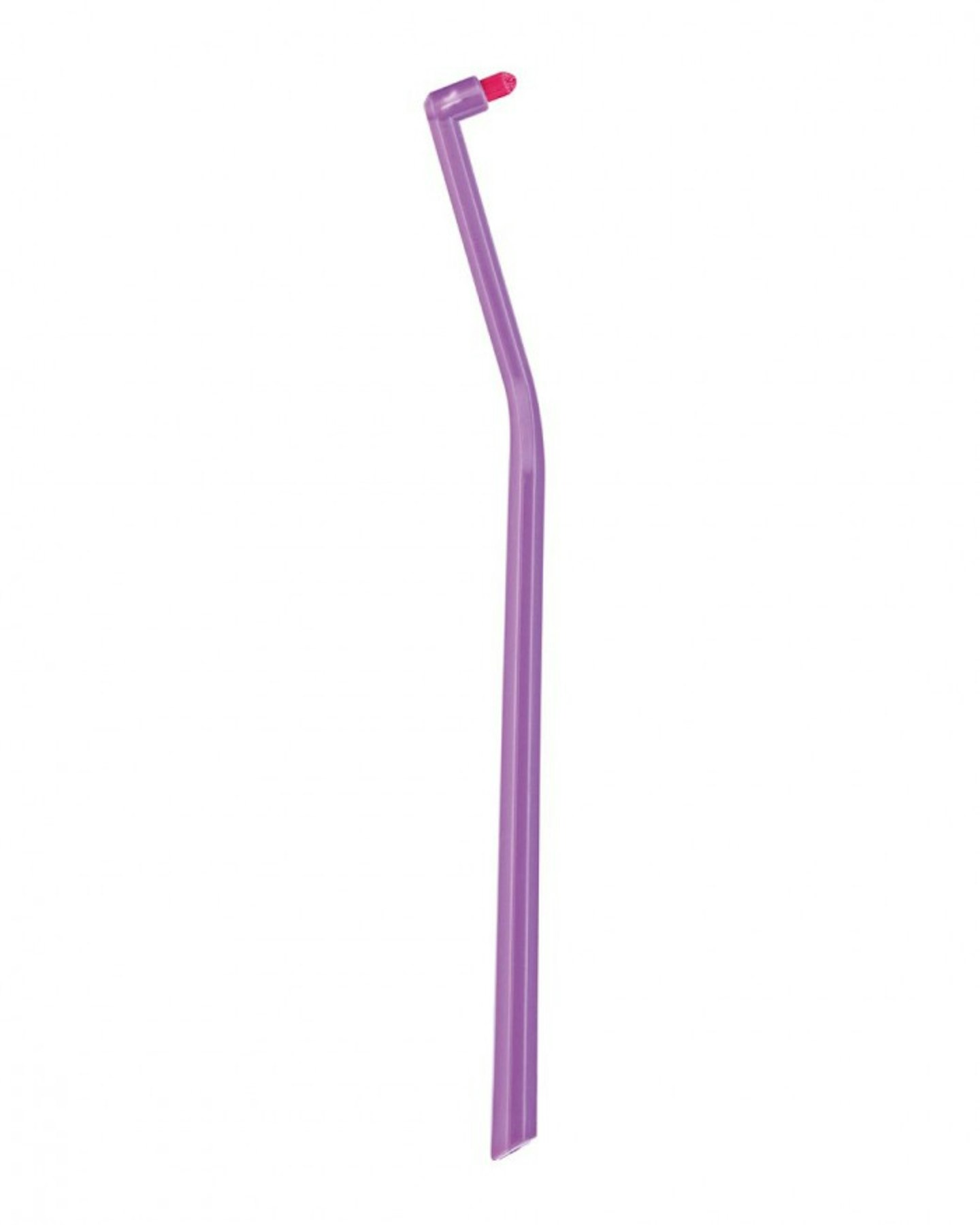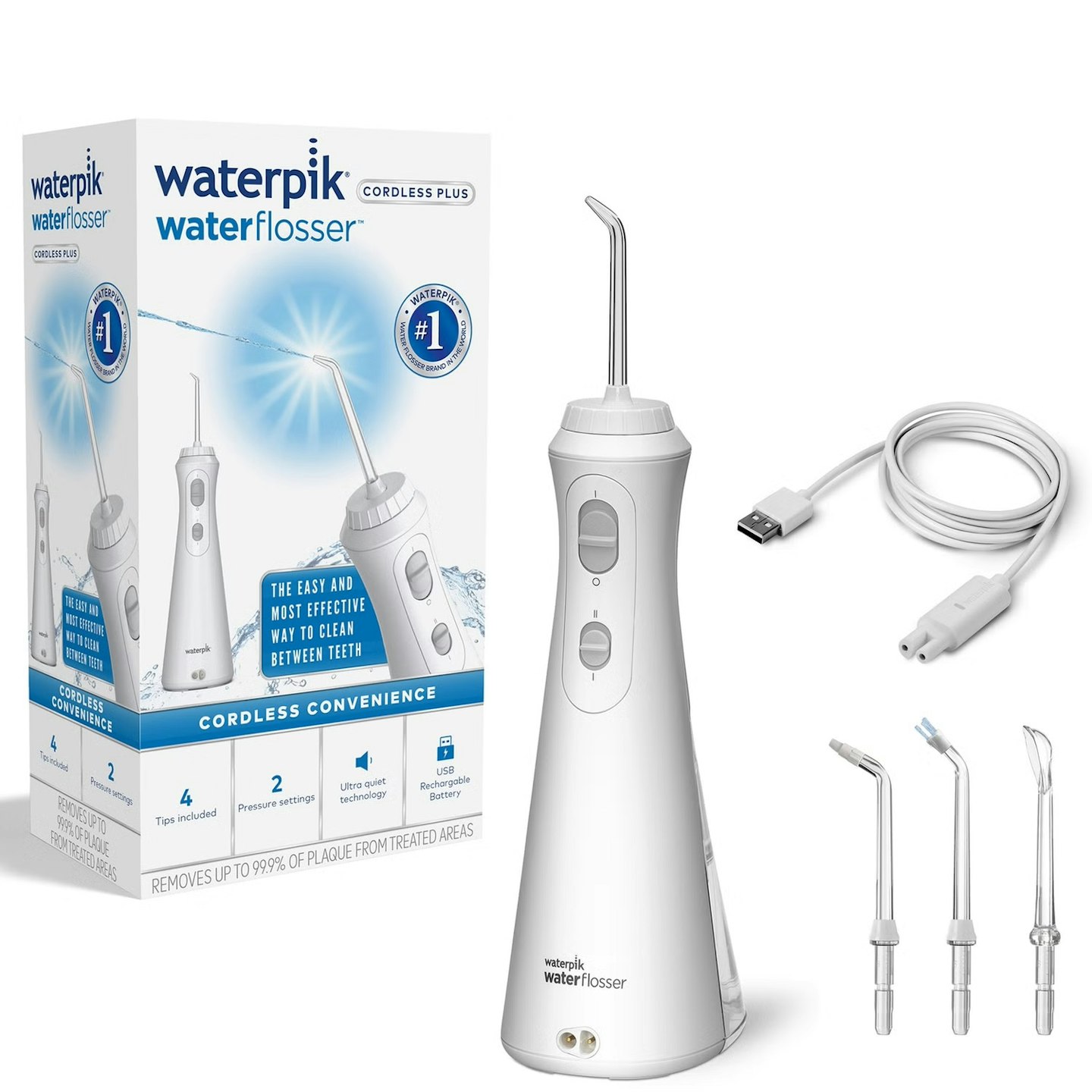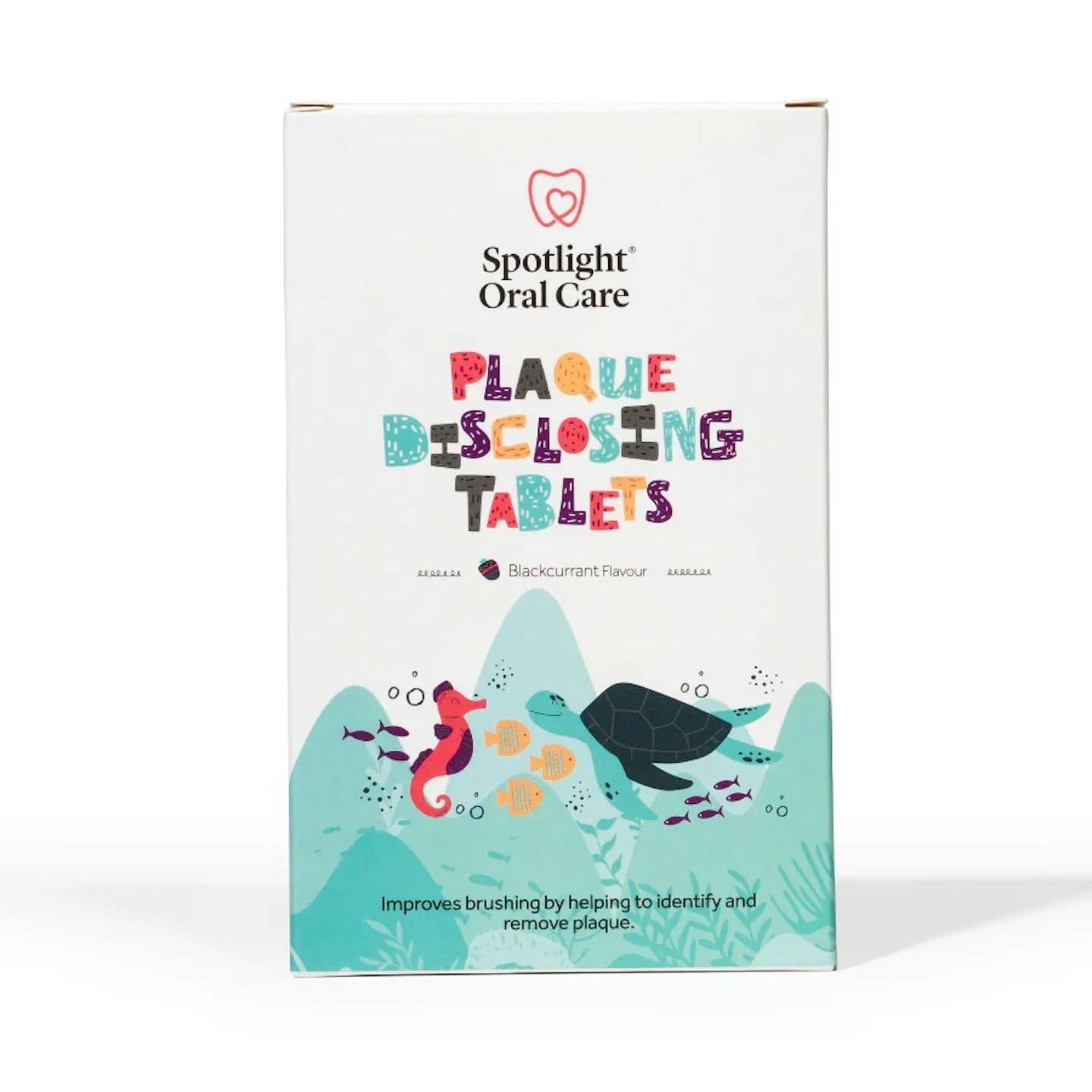The year was 2009. Black Eyed Peas and Lady Gaga were topping the charts. I was in year eight, sporting a side fringe and neon green and pink metal braces – perpetually filled with food and tearing my lips at the side. That year, high on flying saucers at a Bat Mitzvah, a boy told me that I would be ‘quite fit’ if I had a nose job, boob joband didn’t have braces. I was still quite charmed.
The idea that functional devices make us ‘unfanciable’ was propagated by ’90s and ’00s pop culture. Think Drew Barrymore’s metallic smile in Never Been Kissed. Anne Hathaway’s black-rimmed spectacles in Princess Diaries. America Ferrera’s gaudy brace AND glasses combo in Ugly Betty. Braces and glasses, according to rom-coms, were ugly duckling items – symbols of sexlessness and abnormality, taken off as part of a transformation into someone new.

But flash forward 15 years, and these items have been reclaimed as the pinnacle of style and sex appeal, flaunted by celebrities and It-girls alike. It started with the sensible glasses — usually rectangularly shaped, frameless or framed with thick, slug-like lines. Julia Fox started wearing a pair. As did Billie Eilish. And Bella Hadid.
Braces are following a similar trajectory. In 2023, 76% of orthodontists reported an uptick in adults seeking dental care, according to the British Orthodontic Society. Indeed, seeing someone remove their invisible retainer before tucking into lunch has become a familiar sight, but an explosion of TikTokers selling technicoloured metal braces and celebrities including model Abbey Clancyrocking a full set of train tracks indicates that we’re no longer shying away from publicly admitting we’re having dental work.
‘People are definitely much more open to a traditional brace,’ says Dr Stuart Yeaton, a London-based specialist orthodontist, who’s seen more and more of his adult patients in their twenties and thirties opt for metal braces with coloured bands as opposed to more subtle options like Invisalign and tooth-coloured braces.
In most cases, metal braces can achieve faster results and give the orthodontist more control over the teeth than aligners, but Yeaton thinks there’s also been a change in attitude. Many of his teenage patients are actively excited to get braces, a shift that’s taken place in the past four to five years. ‘From day one, for a lot of that generation, they’re no longer associating braces as such a negative thing,’ he says. It’s likely that this mindset shift relates to the influencers and celebrities showing their ‘imperfections’ online, from acne journeys to hair loss. ‘There doesn’t seem to be the same insecurity that there was before; people have a bit more self confidence.’

Paulette, a 32-year-old film director in New York, misses the punky pink and purple metal braces she recently had taken off. ‘It became like a signature thing,’ they said. While Tracy, a 25-year-old masters student, actively enjoyed the feeling of being ‘unsexual’ when she got ‘really, really, really bulky’ braces put on during her final undergraduate year in London. She’d chosen heat-activated metal braces that tightened based on the temperature of her mouth. ‘It was really liberating,’ she said. While she swore off kissing that year (it was a personal choice; she often got compliments on her braces), she felt more confident than ever, rocking multicoloured earrings and neon eyeliner. ‘It taught me how to just embrace something you’re insecure about.’
Embracing the oppressive social signifiers of our teenage years is surely a good thing, but there is a darker side to embracing braces – the rise in DIY versions. In some parts of the world, where orthodontic care is a luxury, braces have become status symbols. Teenagers who can’t afford professionally fitted braces may opt for black-market designs, purchased from street markets or online vendors. Cue major concern among orthodontists. ‘It worries me a lot,’ says Yeaton, comparing the phenomenon to his aunt purchasing a hip replacement off Etsy. ‘You’d be like: “No! Trust the people that do this all the time!”’
Often composed of low-quality metals and superglue, DIY fashion braces can contain poisonous compounds, increasing the chance of infection. It’s also hard to fit them properly, which can result in choking. In 2018, Thailand banned fake braces after two Thai teenagers died from complications arising from wearing them. (The deaths were reported by Vice in 2012.)
Dentists are in two minds about the benefit of opting for metal braces over – admittedly – more discreet aligners. They’re fixed which means ‘we don’t have to rely on patient compliance to ensure they wear them,’ sayscosmetic dentist Dr Krystyna Wilczynski who sees many patients not sticking to the 20 to 22-hour daily wear rule for their Invisalign. ‘If the patient does not wear their Invisalign for the recommended length of time per day, the treatment can take longer.’ For this reason, metal braces are often the preferred option for fidgety kids and for more complex dental issues. Generally, they’re cheaper too, costing around £1,500-£3,500 compared to the £2,000-£4,500 price range of Invisalign which ‘reflects the customisation and convenience of the aligners,’ says Dr Imran Sayed of Chelsea & Fulham Dentist.
In terms of dental downsides, ‘metal braces may cause a bit more discomfort and soreness, especially after adjustments,’ notes Dr Sayed. Hygienically they can be problematic; cue spinach leaves settling in post lunch. ‘A good oral hygiene regime is essential, as it’s not easy to clean the teeth behind the fixed brace,’ adds Wilczynski.
Only time will tell if the rise in people wearing ‘sensible’ glasses and metal braces is a fashion fad or a sign of genuine change: a cultural shift away from the ’90s and ’00s aesthetic that bred widespread insecurities. But while it’s fun to subvert what was previously dubbed ‘unsexual’, let’s make sure we don’t injure ourselves in doing so.
Shop: The best brace care

curaprox.co.uk
‘The key tool for taking care of your braces is a single- tufted brush,’ says Yeaton. He recommends using after every meal, alongside regular brushing.
Missed a bit? Pop a plaque disclosing tablet once a week to show if you’re missing out on any areas with your cleaning.

www.lookfantastic.com
An air or water flosser is more effective at removing plaque from braces than regular dental floss.


